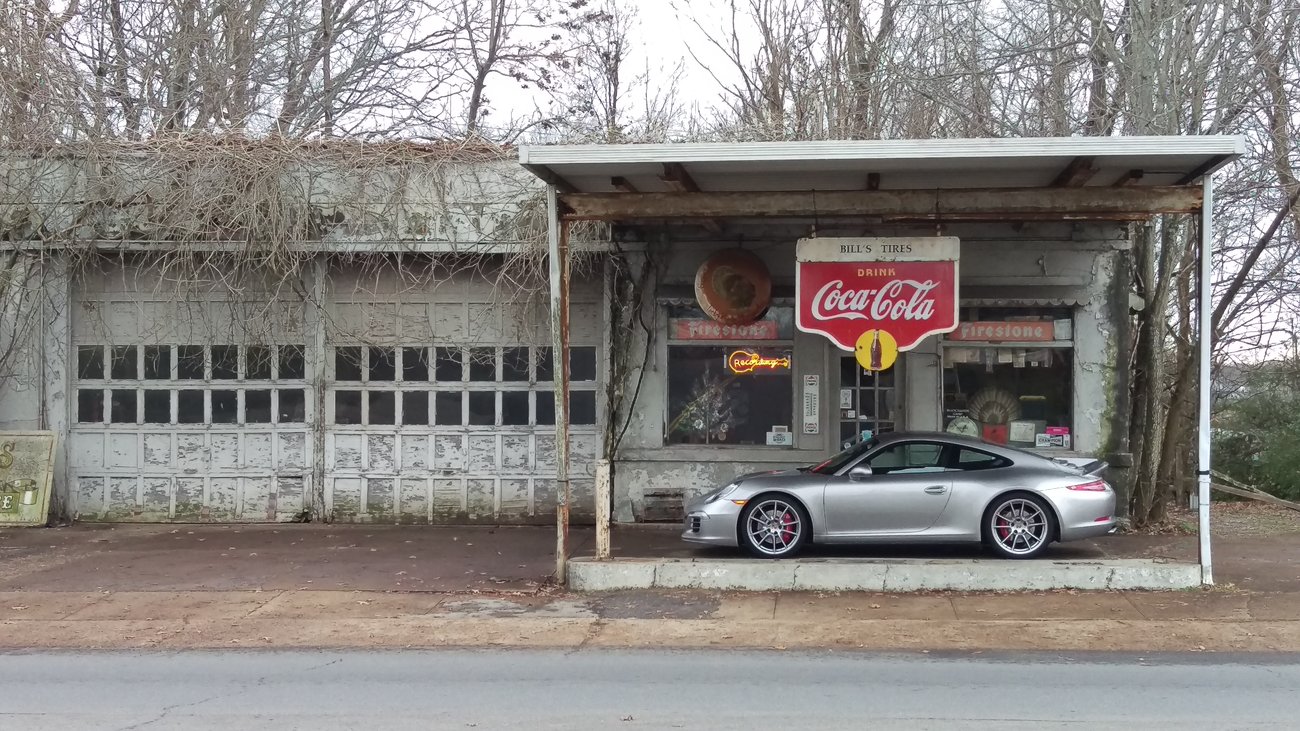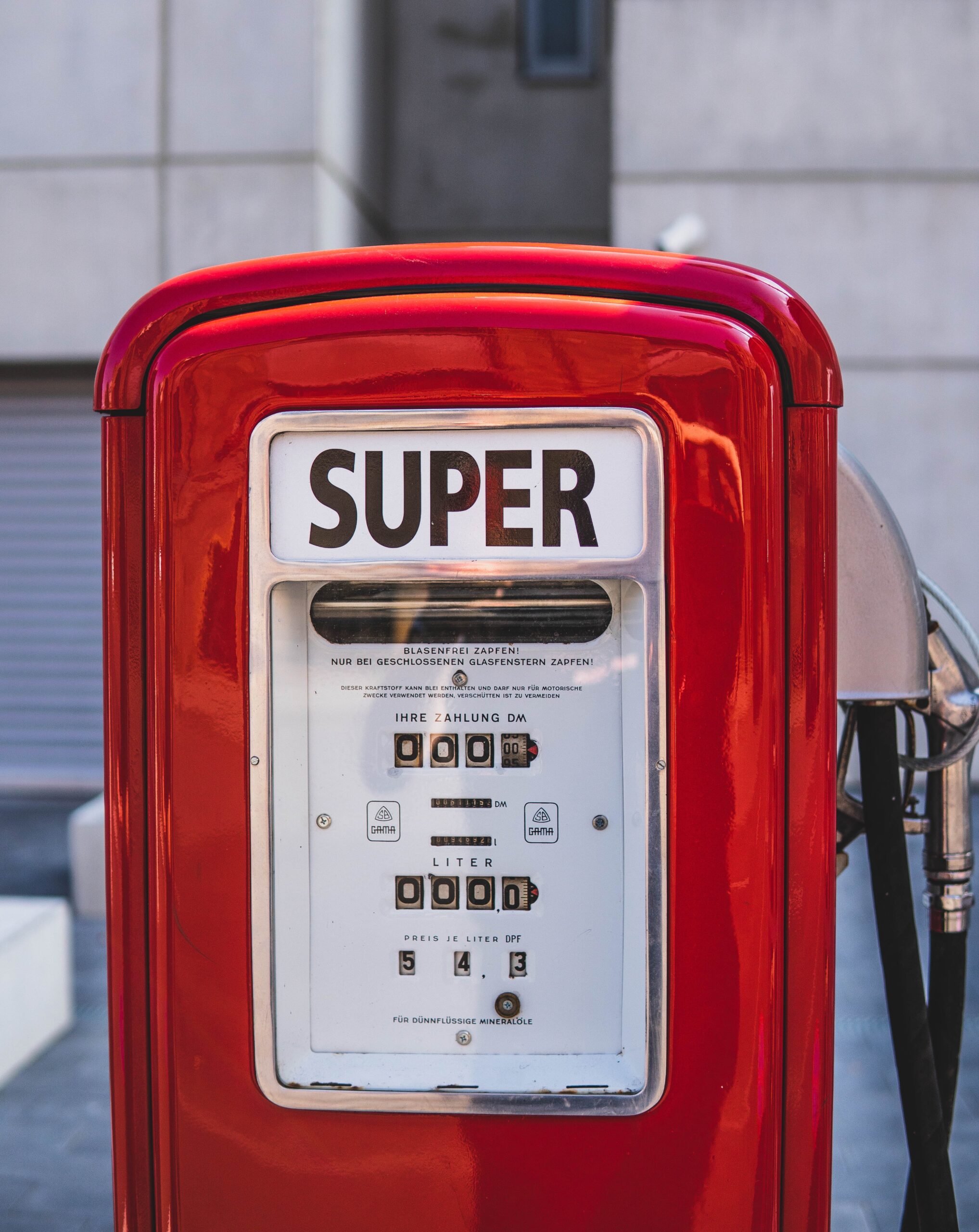
Porsche recently announced involvement in a project to create a synthetic carbon neutral gasoline. Porsche calls them eFuels. As a sports car enthusiast with a deep interest in understanding the future of internal combustion engines, the headline is alluring. But what are the forces behind this project, and what are their goals? And if successful, what will it really mean for enthusiast consumers who want to continue to enjoy their engines for decades to come?
Among the potential advantages of eFuels is the utilization of fuel burning infrastructure and equipment already in place. Our fast moving world prizes innovation, and upending the status quo has long been utilized to motivate a base of support. But when the energy required to enable the “new” solution outstrips its gains, where are we? Broad scale electrification is imminent, but there are significant infrastructure hurdles yet to clear, and the question of what to do with obsoleted infrastructure remains. Perhaps finding a solution within the current framework is less sexy, but is it more efficient? If this project proves technologically feasible (the odds of which I will leave to others), synthetic fuels have the potential to be a carbon neutral bridge to electrification in the near term, and a companion to broad scale electrification for years to come.

The Technology:
The process starts by harnessing renewable energy. In this case wind. And so an area in Chile has been chosen for its irrepressible wind and low cost of creating infrastructure. The wind power is used to dissociate water into its two component elements: oxygen and hydrogen. The oxygen will be bottled and sent to those in need in Aspen and Davos (not really). The hydrogen is then combined with CO2 stripped from the atmosphere, resulting in a synthetic methanol brew. Finally, in a proprietary technology owned and licensed by ExxonMobil, the methanol is converted to gasoline and other fuels such as diesel, and kerosene (jet A). Porsche claims that when burned by a conventional internal combustion engine this fuel will emit 85% less carbon, and emit vanishingly small amounts of other harmful byproducts of combustion. In fact, Porsche is claiming that the cradle to grave emissions from an ICE car burning this fuel will be the same as an electric car (this accounts for the energy that goes into creating batteries and electricity as well as the creation of the eFuel).
Who’s Behind It, and What Do They want?
Porsche has lead the headlines on this project in the automotive press. Their interests seem genuine and transparent. 1) Support their Legacy Vehicles: 70% of all Porsche 911s are still on the road (amazing statistic, by the way), and it’s a big part of the brand that Porsche wants to perpetuate; 2) Racing: electric racing sucks, so Porsche wants to find a carbon neutral way of racing with engines; and 3) Driving: while electrification is a great answer to many transportation questions, it doesn’t yet have a response to the joy of driving.
But while Porsche has the headlines, many entities are at play here. What do they want to get out of this?
The German Government: The Germans have a renewable energy issue. Their geography doesn’t yield enough. So they need to find a way to bottle it/pipe it/ship it/somehow get it to Germany from places where it’s more abundant, like Chile. Their chosen solution to transport the energy is hydrogen. In the words of Federal Economy Minister Peter Altamaier:
“Hydrogen is a key component for successfully carrying out the energy transformation in every sector. That’s why, with the National Hydrogen Strategy, we aim to take advantage of the opportunities that hydrogen offers for the climate, energy and economic policy. We know we won’t be able to cover our national demand out of domestic production alone, and will need international partnerships...Thanks to German know-how, for the first time in the world innovation from the laboratory will now be applied in an integrated, commercial plant.”
Siemens Energy: They have been given grant money and a contract by the German Government to pursue this strategy of getting renewable energy from places where it’s more abundant, back to the motherland. In the words of Christian Bunch, CEO of Siemens Energy:
“Renewable energy will no longer be produced only where it’s needed, but where natural resources like wind and sun are available on a massive scale. New supply chains are going to arise all over the world to carry renewable energy from one region to another. That’s especially important for Germany, which – bottom-line – has to import energy if it’s going to meet its nationwide demand. Hydrogen will come to play an increasingly important role in storing and transporting energy, which is why the German government’s support for the project is an important signal.”
ExxonMobil: ExxonMobil is leasing it’s proprietary method of gasifying methanol. And in return, a carbon neutral solution may be achieved which will allow ExxonMobil to use the billions of dollars of equipment and infrastructure it has in place: ships, pipelines, distribution hubs, tanker trucks and most importantly, gas stations. There is a great deal of sense in utilizing this already created infrastructure, at least through the remainder of its usable life.
Keep in mind, two major requisites for broad electrification remain to be accomplished: How do we update our power grid to cover mass electrification and at what cost? And how do we get it from the grid into the cars of most consumers, the vast majority of whom do not have a garage and $1,500 for a supercharger? This dovetails another issue governments are grappling with: what’s going to replace the lost tax revenue from fuel? Bottom line, these requisites will be met eventually, and that’s not a bad thing, but if there is a tweak that allows use of current infrastructure while the new is laid, that could be a good thing too.
What Does All This Mean?
Here's everyone's bottom line: Porsche needs to keep bitchy rich old dudes happy, and needs gas to do it. The Germans will all be running on treadmills unless they can find a way to get renewable energy across state lines. Siemens got a fat contract. And ExxonMobil has about a gazillion dollars of infrastructure and equipment it doesn’t want to see obsoleted and scrapped in the name of progress. Let’s not forget that places like Chile may be happy to host carbon neutral refineries instead of open pit mines that rape their land for an ironically limited supply of rare earths and metals needed for batteries. Additionally, consumers have bought their own gazillion dollars worth of cars, and it’d be more efficient to get to use them through their useful life.
So, while on its face the story looks like one driven by a car company clinging to internal combustion, in reality, there is a complex system behind it. But as I look at that system, what I see is a lot of interest in creating a solution that is both carbon neutral and utilizes our current infrastructure and equipment.

An Enthusiast's Perspective
How electrification will intermingle with automotive enthusiasts is a topic for an entire essay. For now, I will say this: I do not see a future for driving enthusiasts with electric cars. They are too fast for public roads (I shit you not, accelerating in a really fast electric isn’t that fun, actually, it kind of hurts), they are too heavy, too complicated, and too divorced from the experience of driving. For some electric brands, removing you from the equation is their very goal. Make no mistake, they are a brilliant tool for the vast majority of motorists who need an appliance, and so they will rightfully dominate our roads. They do almost every aspect of routine transportation better than ICE based vehicles. But they aren’t engaging to drive.
And here I’m differentiating novelty from truly engaging. You will laugh the first time you hit 60 in 2.5 seconds and the only noise is a weird whine and the tires grappling for traction. But then your neck will hurt, along with your prostate. And don't even think about it with a hangover. And then you won’t bother to floor it anymore. Electric cars will have enthusiasts, but those enthusiasts will be enthused about tech, not driving dynamics. We’re already seeing that trend in diminished interest among those ready to drive.
However, as driving enthusiast, if I can continue to use my ICE cars and do so in a way that is carbon neutral, well that is something I’m thrilled about. And if it keeps an Exxon tanker out of a Bangladeshi scrap yard, and it keeps the side of a mountain in Chile intact a bit longer, then all the better.
And I leave you with a final tidbit from my research. And no, you cannot make this stuff up: Siemens has a facility in a little town in England called Staines-upon-Thames. Yup, that address is Siemens, Staines-upon-Thames, England.







